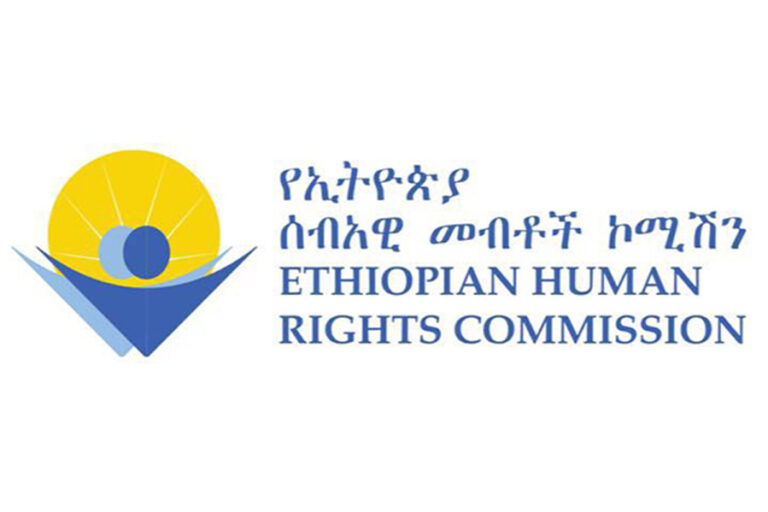While some believe that economic growth is incompatible with fighting climate change, only growing economies can produce the financial resources needed to make the transition to a net-zero economy. Accelerating global growth could bring lower-income households into the middle class and build infrastructure to reduce emissions.
In November, hundreds of corporate CEOs and heads of state convened in Bali, Indonesia, for the B20 global business summit. The topics on the agenda this year revolved around three interconnected goals: sustainability, inclusion, and economic growth.
Far from being in conflict with one another, these three goals could be mutually reinforcing. A sustainable world could contain climate change and preserve natural capital and biodiversity. Inclusivity would create economic opportunities and shared progress for everyone. And while some believe that economic growth is incompatible with fighting climate change, it is necessary to produce the financial resources needed to create a sustainable, inclusive world – provided that those resources are used correctly. To estimate the scope of the challenges ahead, we examined two crucially important indicators. First, we measured the sustainability gap, which is the additional investment in low-emissions technologies that every country must make to achieve net-zero emissions by 2050. Given that the world is on track to deplete its “carbon budget” – the amount of carbon dioxide it can emit without triggering dangerous levels of global warming – by 2030, there is little time left to make critical investments. The transition to a net-zero economy will require taking decisive steps by the end of this decade. Another indicator, which we call the empowerment gap, equals the consumption level required to meet basic needs like food and energy, have discretionary income beyond the essentials, and be able to weather emergencies. According to our calculations, the empowerment line amounts to $11 per person per day in poorer countries and $55 in richer countries (at 2011 purchasing-power parity). If every household in the world could reach that level of consumption by 2030, every adult by 2050 would have grown up out of poverty and in economic security. But here, too, the world would need to make drastic shifts before this decade ends. Economic growth could help us reach both goals. Governments could spend some of the income from growth to bring poorer households into the global middle class, while allocating some of it to build green infrastructure. At the same time, research we presented at the B20 summit suggests that growth alone will not be able to close the sustainability and empowerment gaps. If the countries and regions we studied maintained their current spending levels, few would be able to close more than half of their empowerment gap by 2030, and none would close more than half of their sustainability gap. In the United States, for example, we estimate the empowerment gap to be $5 trillion, and the sustainability gap to be $5.6 trillion. If the US economy grew at an annual pace of 2.1% for the rest of the decade, the country would close just 36% of its empowerment gap and 7% of its sustainability gap by 2030.
The situation is very different in Sub-Saharan Africa, where we estimate the empowerment gap to be far larger, at $10.3 trillion, with the sustainability gap totaling $600 billion. Growth (as currently projected) is expected to close only 6% of the empowerment gap and 25% of the sustainability gap. To close these gaps, economic growth would have to be bolstered by additional forces. Business-led innovation, for starters, could alter the current growth model in ways that are more oriented to inclusion and sustainability. Large G20-based companies spend over $2 trillion per year on research and development and thus have a critical role to play in developing new technologies and solutions to reduce the costs of the sustainability transition. And when these businesses figure out how to reduce the cost of low-emissions infrastructure, they could also help reorient growth toward sustainability by shifting consumers’ preferences toward green products, as electric-vehicle manufacturers have done in recent years. At the same time, when accompanied by strategies and public policies that enable education, training, childcare, health care, and inclusive hiring, business-led innovation could help close the empowerment gap by boosting workers’ incomes.
Government and philanthropy could also steer incentives and public resources toward sustainability and inclusion. For example, governments could mobilize more private capital for sustainable projects by investing in them, an approach known as blended finance. Carbon taxes and subsidies for low-carbon projects could also encourage investors to close the sustainability gap. Alternatively, governments could use direct transfer payments to lift more households over the empowerment line. Unfortunately, the world’s current empowerment and sustainability gaps cannot be closed immediately. But that should be a rallying cry, not cause for inaction. Companies must not only take up the challenge and innovate; they also must seize the many opportunities that already exist. Similarly, governments and philanthropists should focus on areas where markets currently fall short. If the business, public, and social sectors work together, we could generate the sustainable and inclusive growth that the world urgently needs.
Sven Smit is a senior partner at McKinsey & Company and a co-chair of the McKinsey Global Institute.
Anu Madgavkar is a partner at the McKinsey Global Institute.
Kevin Russell is a senior fellow at the McKinsey Global Institute.




